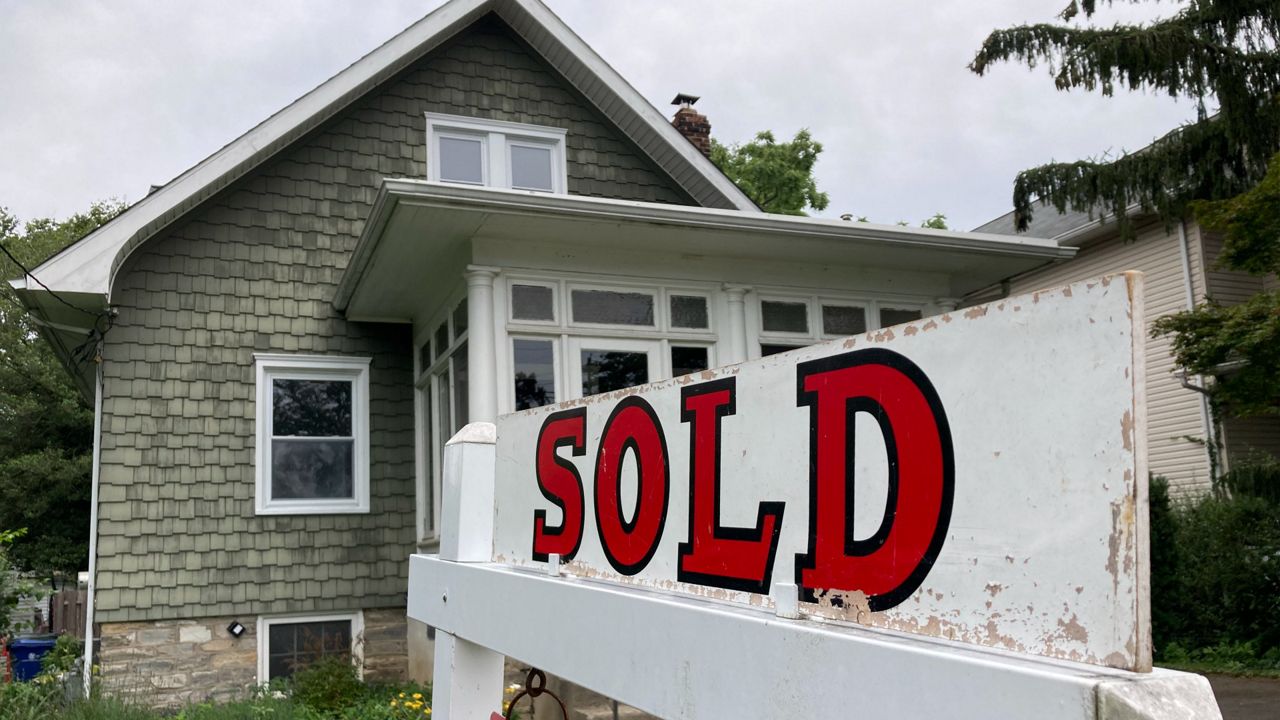The average long-term U.S. mortgage rate topped 7% for the first time in more than two decades this week, a result of the Federal Reserve's aggressive rate hikes intended to tame inflation not seen in some 40 years.
What You Need To Know
- Average long-term U.S. mortgage rates topped 7% for the first time in more than two decades this week, a result of the Federal Reserve's aggressive rate hikes intended to tame inflation not seen in some 40 years
- Mortgage buyer Freddie Mac reported Thursday that the average on the key 30-year rate jumped to 7.08% from 6.94% last week
- The last time the average rate was above 7% was April 2002, a time when the U.S. was still reeling from the Sept. 11 terrorist attacks, but six years away from the 2008 housing market collapse that triggered the Great Recession
Mortgage buyer Freddie Mac reported Thursday that the average on the key 30-year rate jumped to 7.08% from 6.94% last week. The last time the average rate was above 7% was April 2002, a time when the U.S. was still reeling from the Sept. 11 terrorist attacks, but six years away from the 2008 housing market collapse that triggered the Great Recession.
Last year at this time, rates on a 30-year mortgage averaged 3.14%.
The Fed has raised its key benchmark lending rate five times this year, including three consecutive 0.75 percentage point increases that have brought its key short-term borrowing rate to a range of 3% to 3.25%, the highest level since 2008. At their last meeting in late September, Fed officials projected that by early next year they would raise their key rate to roughly 4.5%.
Mortgage rates don't necessarily mirror the Fed's rate increases, but tend to track the yield on the 10-year Treasury note. That's influenced by a variety of factors, including investors' expectations for future inflation and global demand for U.S. Treasurys.
Many potential homebuyers have moved to the sidelines as mortgage rates have more than doubled this year. Sales of existing homes have declined for eight straight months as borrowing costs have become too high a hurdle for many Americans already paying more for food, gas and other necessities. Meanwhile, some homeowners have held off putting their homes on the market because they don't want to jump into a higher rate on their next mortgage.
The Fed is expected to raise its benchmark rate another three-quarters of a point when it meets next week. Despite the rate increases, inflation has hardly budged from 40-year highs, above 8% at both the consumer and wholesale level.
The Fed rate increases have shown some signs of cooling the economy. But the rate increases have seemed to have little effect on the job market yet, which remains strong with the unemployment rate matching a 50-year low of 3.5% and layoffs still historically low.



